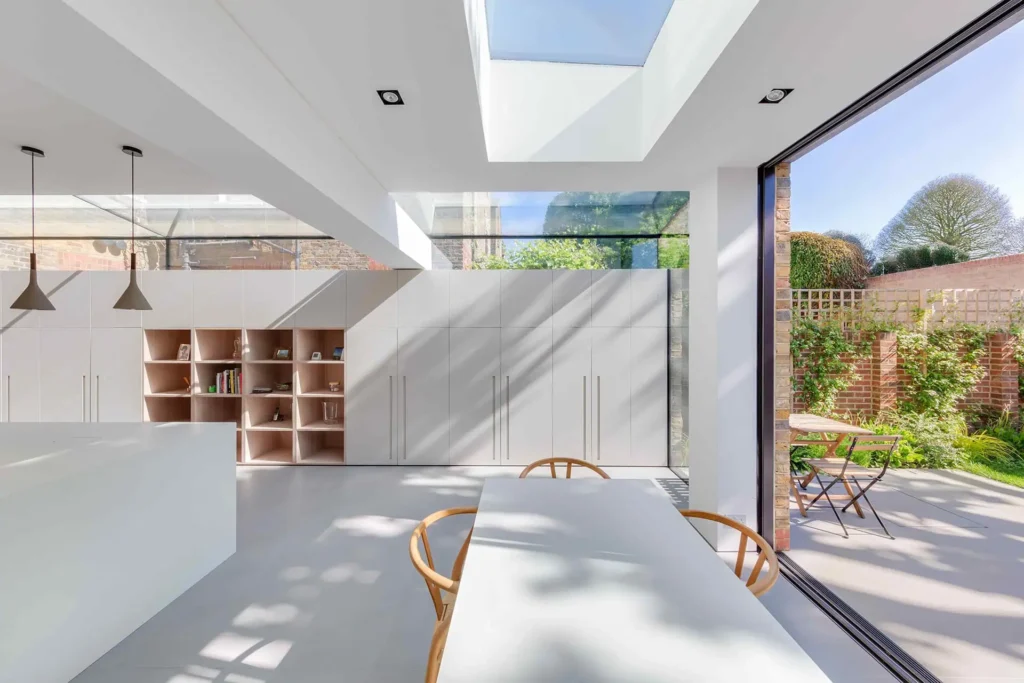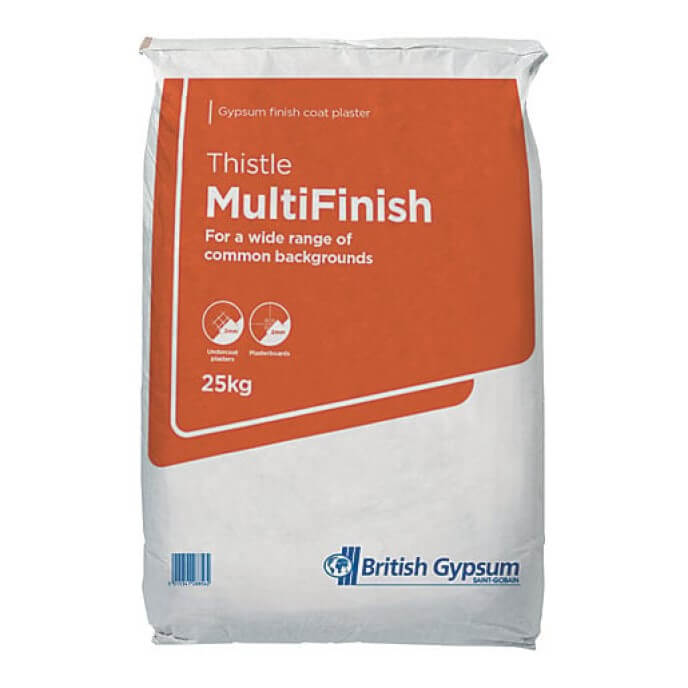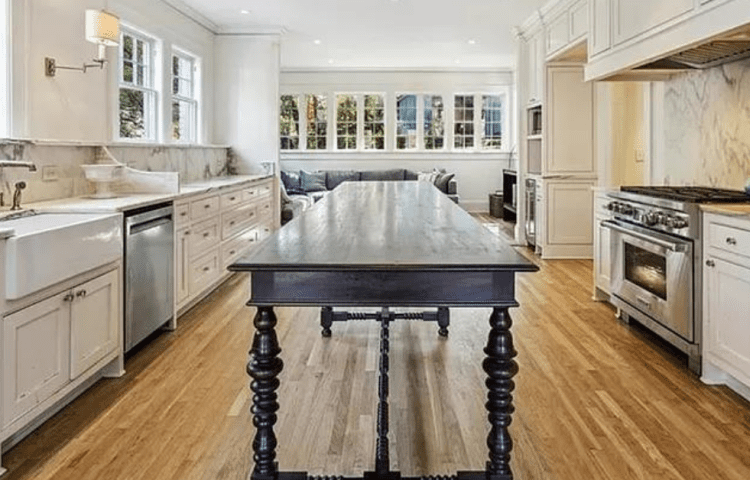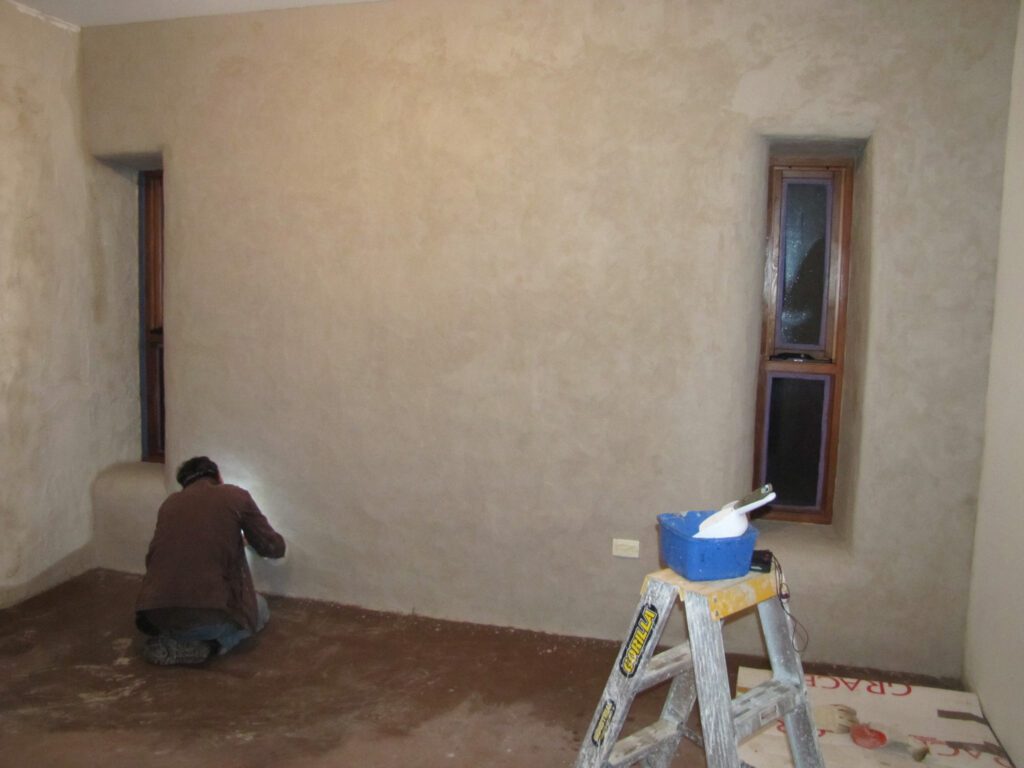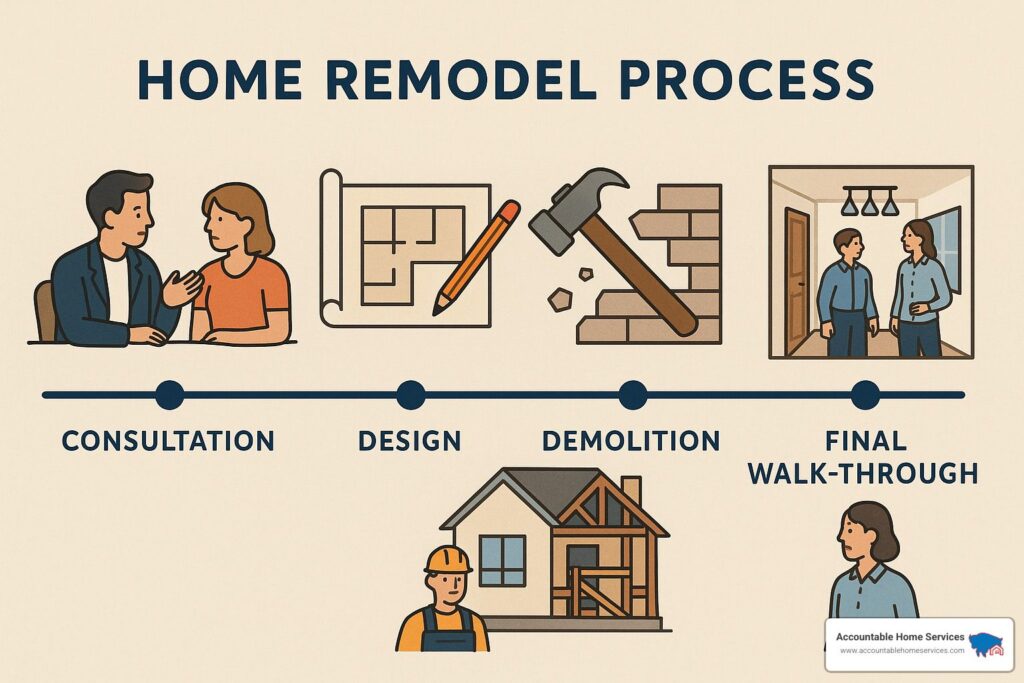Fiorentina Stadium Renovation: The Ultimate Guide to Florence’s Most Ambitious Makeover
As Florence’s iconic Fiorentina stadium undergoes its most dramatic transformation in 90 years, discover how this €70 million renovation is redefining Italian football architecture The Vision Behind Florence’s Grandest Stadium Transformation The Stadio Artemio Franchi, a cornerstone of Florence’s sporting heritage since 1931, is embarking on an ambitious €95 million renovation project that promises to revolutionise Italian football architecture. Led by the renowned Arup studio and architect David Hirsch, this transformative project aims to strike a delicate balance between preserving the stadium’s historic character and introducing modern amenities. The renovation represents not just a structural upgrade, but a reimagining of how historic sporting venues can evolve to meet contemporary demands while maintaining their cultural significance. Architectural Innovation Meets Historical Preservation The renovation masterplan showcases an ingenious blend of modern engineering and respectful preservation. At the heart of the design is the commitment to protect and enhance the stadium’s most iconic features, particularly the historic Marathon Tower. The new design introduces several groundbreaking elements: A state-of-the-art lightweight roof structure that will cover all seating areas while preserving the original architecture Enhanced spectator facilities including modernised seating arrangements and improved sightlines Integration of sustainable materials and energy-efficient systems Preservation of the distinctive concrete curves and structural elements that define the stadium’s character Breaking Down the €95 Million Investment The financial framework supporting this massive undertaking involves a complex mix of funding sources. The project has faced recent challenges due to partial government funding cancellations, but alternative solutions have been developed: Government grants through the Recovery Fund: €55 million Municipal contributions: €25 million Additional funding sources under negotiation: €15-20 million Potential club investments and commercial partnerships Construction Timeline and Phasing Strategy The renovation project has been carefully planned to minimise disruption to match operations while maintaining efficient construction progress. The timeline spans from 2024 to 2029, with several key phases: Phase 1 (2024-2026): Initial structural work and roof construction Phase 2 (2026-2027): Internal facilities upgrade and seating reconfiguration Phase 3 (2027-2029): Commercial areas development and final touches Throughout construction, the stadium will maintain a minimum capacity of 30,000 seats, ensuring continued match hosting capabilities. Enhanced Fan Experience and Community Impact The renovated Stadio Artemio Franchi will offer an unprecedented level of comfort and amenities for spectators and visitors. The new facilities include: Premium VIP lounges and hospitality areas Expanded retail and dining options Multi-purpose community spaces for year-round use Improved accessibility features and public transport connections Integrated smart technology systems for enhanced user experience Future-Proofing for Major Events The renovation project positions the Stadio Artemio Franchi as a prime venue for major international tournaments. With its upgraded facilities and increased capacity of 35,000-40,000 seats, the stadium is being prepared to potentially host matches during Euro 2028 or 2032. The modernised infrastructure will meet all UEFA and FIFA requirements, ensuring Florence’s place on the international football stage for decades to come. The Economic and Cultural Impact on Florence This transformative project extends far beyond football, promising significant economic and cultural benefits for Florence. The renovation is expected to generate: Increased tourism revenue through enhanced match-day experiences New employment opportunities in hospitality and event management Improved local infrastructure and public spaces Enhanced cultural significance as a modern architectural landmark Conclusion: A New Era for Florentine Football The Stadio Artemio Franchi renovation represents a bold step into the future while honoring Florence’s rich sporting heritage. As construction progresses towards the stadium’s centenary, this €95 million investment promises to deliver a venue that combines historical significance with modern excellence. The project sets new standards in sustainable stadium design and creates a multi-purpose facility that will serve both football fans and the broader community for generations to come. With its completion, Florence will possess a sporting venue that truly reflects its status as a city where tradition and innovation harmoniously coexist. FAQ Is AC Milan moving stadium? Milan’s iconic San Siro football stadium is set to be demolished after the city council approved its sale to AC Milan and Inter Milan on Tuesday after an overnight debate. The two clubs plan to tear down the 99-year-old stadium and jointly build a new 71,500-seat arena as part of a €1.2 billion project. Why can’t Chelsea build a new stadium? To protect the future of Chelsea and its home since 1905, CPO bought the freehold of the stadium in 1997 with the help of a £10m loan from the club. The result is that the ground cannot be sold or redeveloped without CPO approval. Sources [1] https://www.padmagazine.co.uk/construction/artemio-franchi-gets-a-massive-makeover-heres-what-to-expect/26943/ [2] https://www.nss-sports.com/en/lifestyle/29192/new-stadium-fiorentina [3] https://kentplasterers.co.uk/fiorentina-stadium-renovation-2/
Fiorentina Stadium Renovation: The Ultimate Guide to Florence’s Most Ambitious Makeover Read More »

